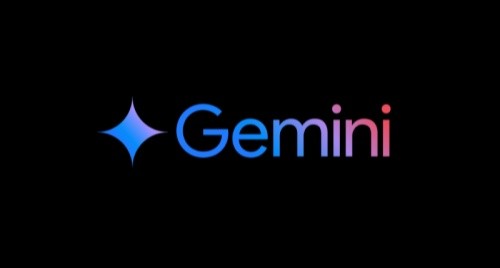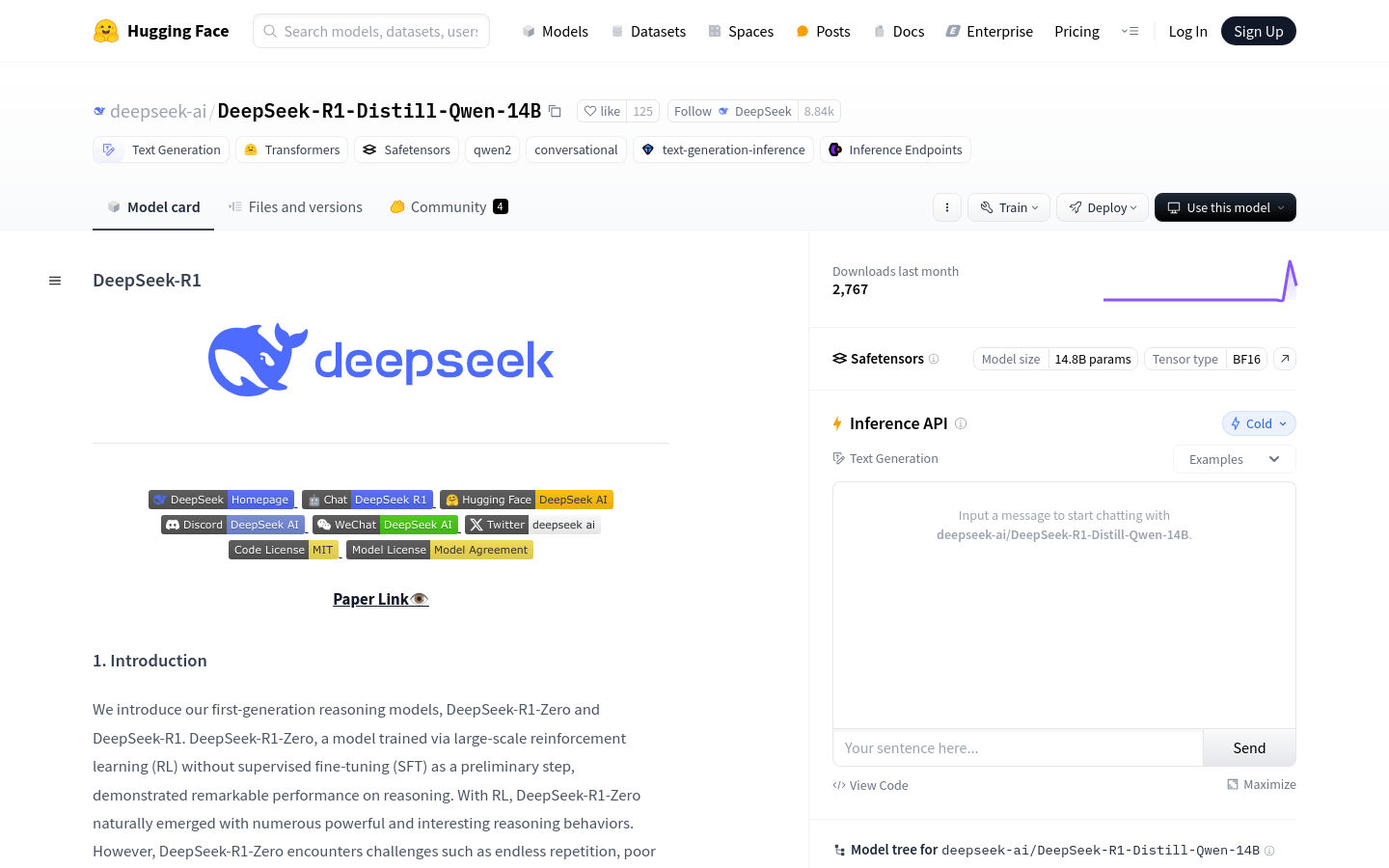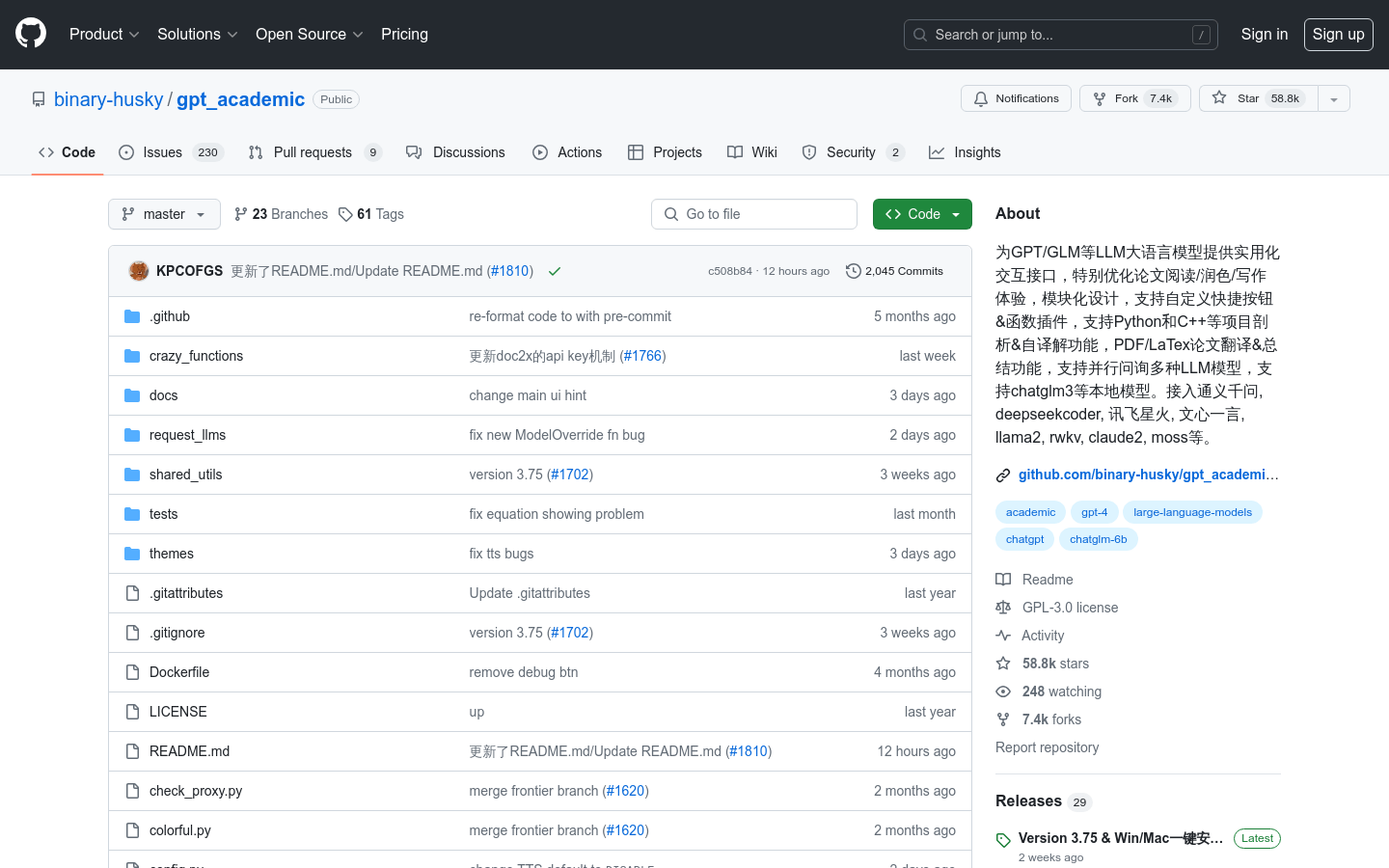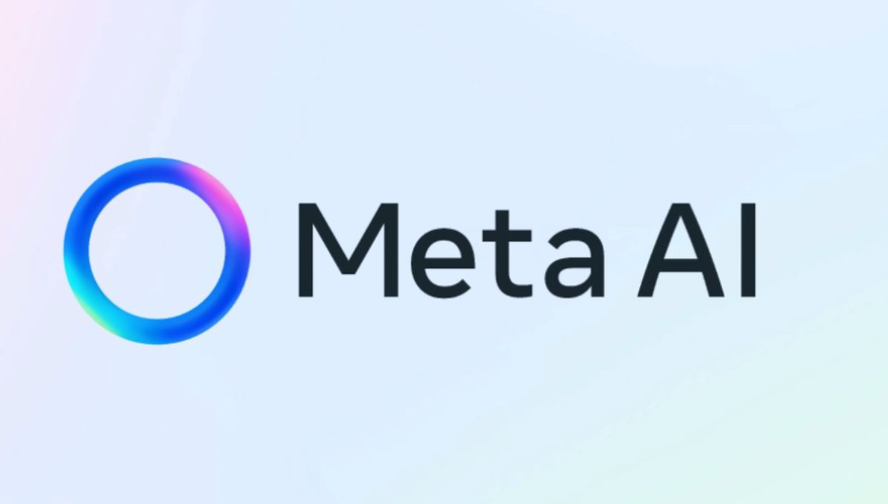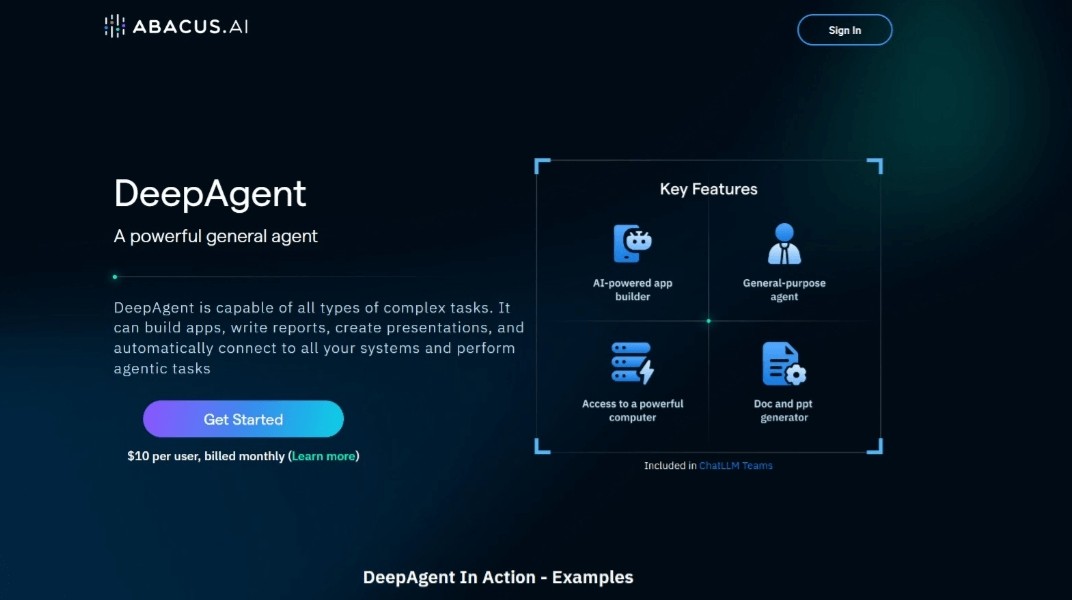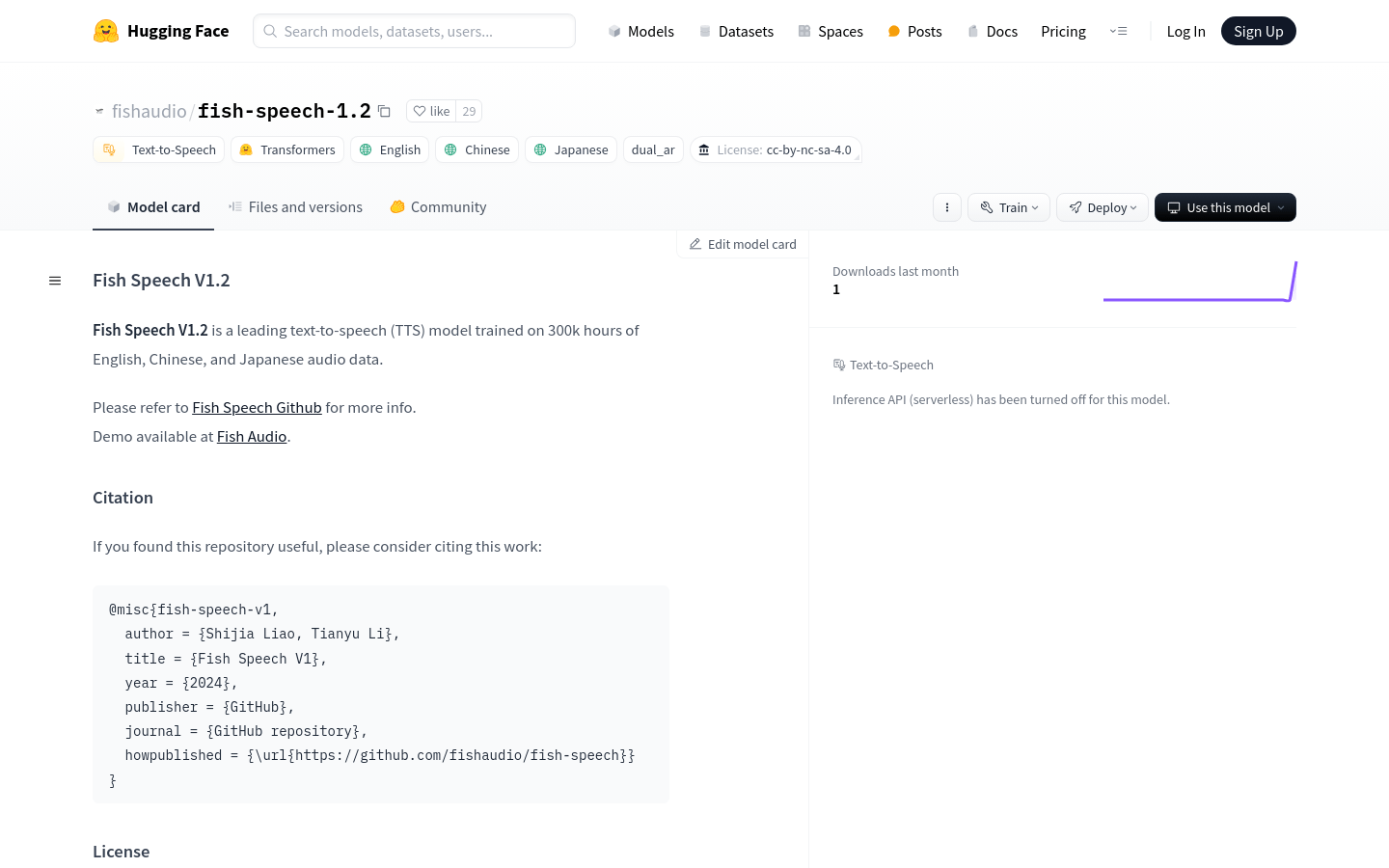
Fish Speech V1.2 is a text-to-speech (TTS) model trained on 300,000 hours of English, Chinese and Japanese audio data. This model represents the latest progress in speech synthesis technology and can provide high-quality speech output and is suitable for multiple language environments.
Demand group:
"The target audience includes speech technology developers, multilingual content creators, educators, and enterprise users who require high-quality speech synthesis services. This product is suitable for them because it provides an efficient, multilingual text-to-speech solution that can Improving the quality and accessibility of voice content."
Example of usage scenario:
In the field of education, teachers can use this model to convert teaching content into speech to assist students with visual impairments in learning.
Content creators can use this model to convert their articles or blogs into speech form to expand their audience base.
Enterprises can integrate this model into their customer service systems to provide automated voice response services and improve customer satisfaction.
Product features:
Supports text-to-speech conversion in three languages: English, Chinese and Japanese
Based on a large amount of multilingual audio data training to provide natural and smooth speech output
Model optimized to respond quickly and handle text-to-speech conversion requests
Suitable for various application scenarios such as education, entertainment, assistive technology, etc.
Supports customizable voice style and intonation to adapt to different usage needs
The model is open source, making it easy for developers to carry out secondary development and integration.
Usage tutorial:
Visit the Fish Speech model page to learn about the model's basic information and license.
Read the model's documentation and guidance to learn how to integrate and use the model.
Adjust model parameters, such as voice style, speaking speed, etc., as needed to obtain the best results.
Enter text into the model and get the converted speech output.
Test the model performance in actual applications to ensure that the speech output meets the needs of specific scenarios.
Model optimization is performed based on feedback to improve the naturalness and accuracy of speech synthesis.

